Category: Awareness
-
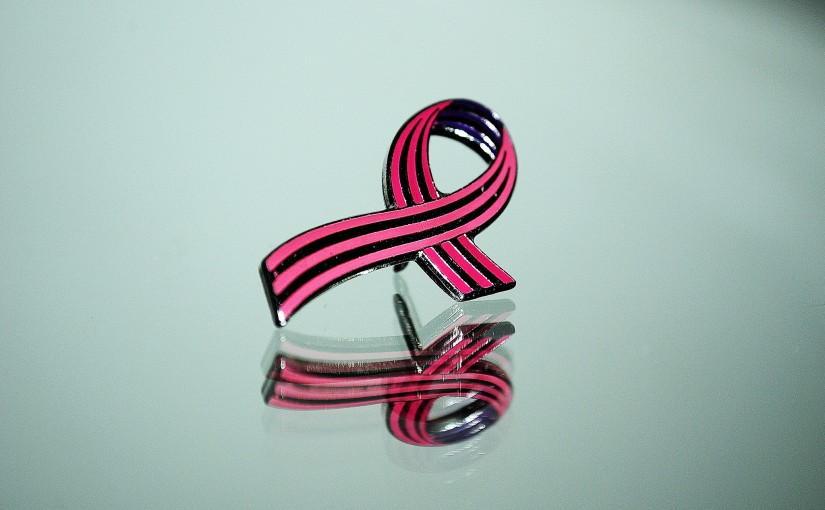
Warning Signs of Breast Cancer
Breast cancer can be a very scary thought, but unfortunately, it is a valid concern for many women. Although breast cancer is usually fairly treatable through a wide variety of options, it is important to catch the disease early in order to have the greatest chance at battling it successfully. Give yourself a little peace…
-
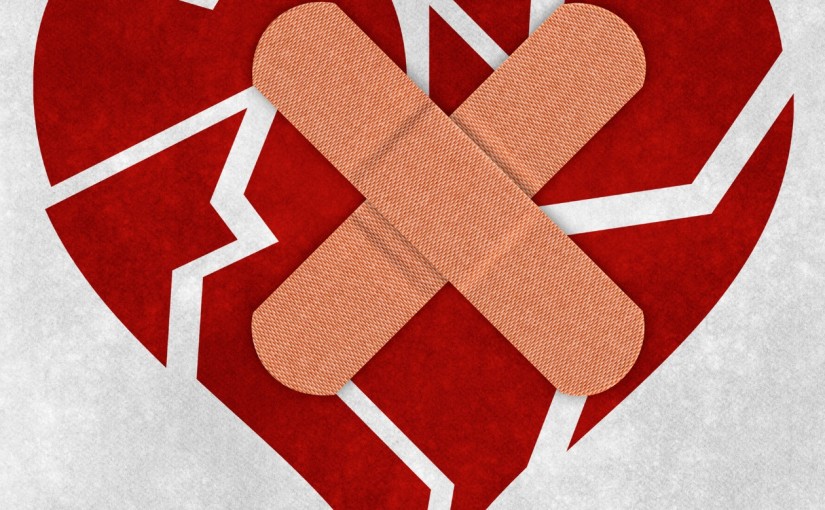
Heart Glossary
When it comes to your body, nothing is more important than keeping your heart healthy. However, understanding heart health can be more than a little difficult, especially if you are a beginner to this important topic. Check out this list of heart-related terms to help you get started. ACE Inhibitors – Medicines that are…
-
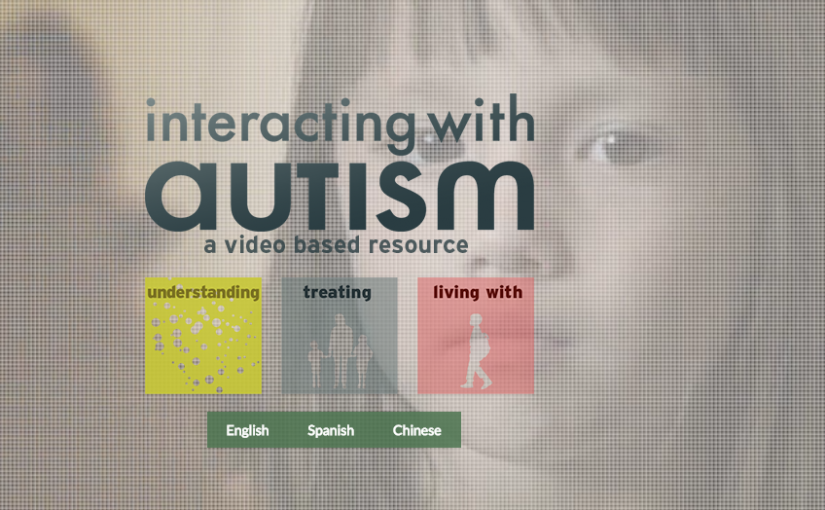
Interacting With Autism
If you are a parent, hearing a diagnosis of autism in your child can be a scary situation. Older teens and adults who are diagnosed later in life are often just as frightened, and may not know where to turn for answers. Whether you yourself have been diagnosed with autism, or you are looking for…
-

5 Common Cancer Myths
We’ve come a long way in how well we understand cancer, its risk factors, and how to fight it. But as awareness grows, so has misinformation. There are a lot of myths out there about what cancer is, its risk factors, and its treatments. Let’s set the record straight. Here are five of the most…
-
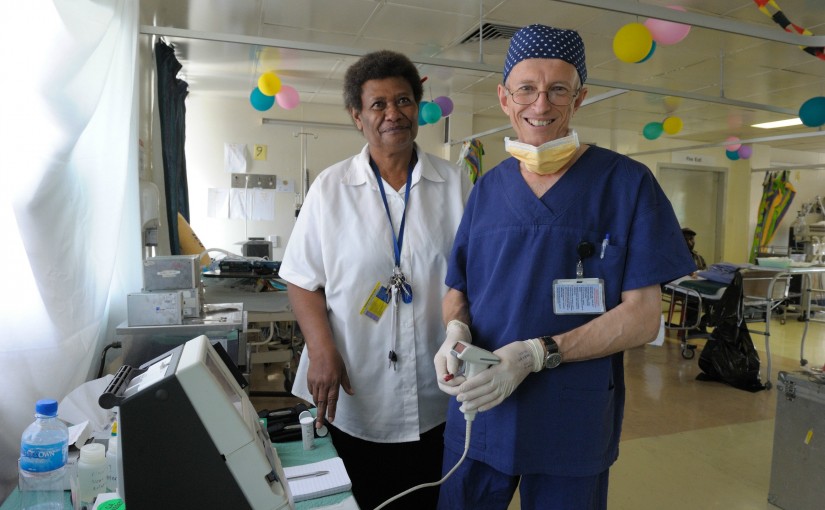
Cholesterol: Fact and Fiction
If you ask a random person on the street if they have heard of cholesterol, chances are they have. It is also highly likely that they hold some common ideas concerning this vital compound, its role in the human body, and the damage elevated levels can cause. These ideas are spread so frequently that many…
-
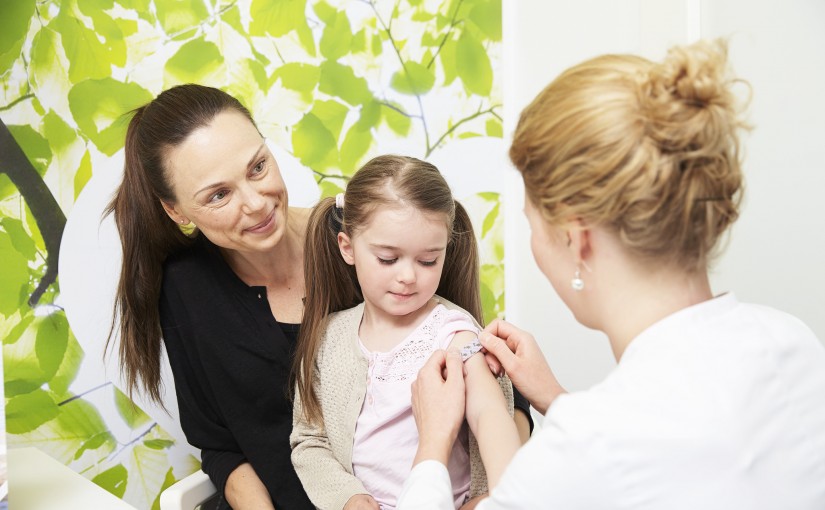
Autism and Immunization: Is There a Connection?
In the later part of the 1990s, parents suddenly began to fear for the health of their children based on a research paper that claimed to prove a connection between the MMR (measles, mumps, and rubella) vaccination and autism spectrum disorders in children. Since the publication of this paper, the research has been discredited and…
-

Are Children Conceived in Winter More Likely to Develop Autism?
Expecting parents are always concerned with whether or not there is something they can do to ensure the health of their children. Recently, studies have turned toward the subject of autism, and whether or not the time of year when a child is conceived has any effect on its mental health at birth. There is…
-

Autism Awareness Shirts
About 1 in 68 children have been identified with autism spectrum disorder (ASD) according to the Centers for Disease Control and Prevention (CDC). ASD is a developmental disability that causes social, communication and behavioral challenges. The degree of these challenges can vary widely person to person, depending where they fall on the spectrum. To date,…
-

4 Ways To Lower Your Breast Cancer RIsk
Breast cancer is the most common type of cancer for women after skin cancer, according to data from the Breast Cancer Research Foundation. In the United States alone, an estimated 231,840 new cases of invasive breast cancer were expected in women in 2015, and another 62,570 new cases of non-invasive breast cancer. Among those patients,…
-

Preventing Bullying on the School Bus
About a third of students ages 12 to 18 in the United States reported being bullied, according to the Department of Education. Children who are bullied experience depression and anxiety, reduced self-esteem, changes to eating and sleeping patterns, and decreased academic achievement. But the negative impacts of bullying don’t stop there. Bystanders who witness bullying…